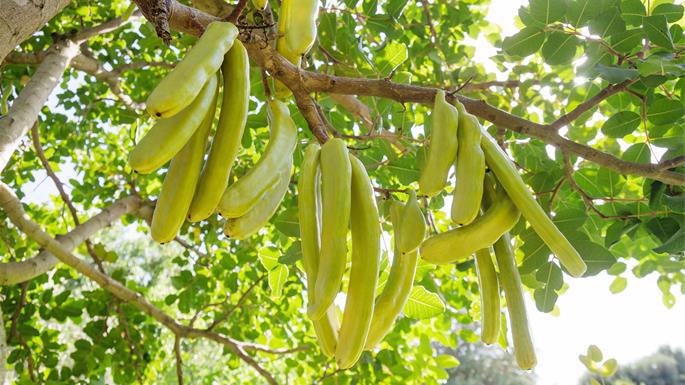
1. Tu Bishvat is 15 Shevat
This holiday is properly known as Chamishah Asar Bishvat, the “Fifteenth of Shevat.” So where did the “Tu” moniker come from? In Hebrew, every letter represents a number. The letter Tet (?) represents 9, and Vav (?) is 6. 9+6=15. And when you put Tet (9) and Vav (6) together (?”?), it can be pronounced “Tu.”
2. It’s the New Year for Trees
That’s right. When we hear the words Rosh Hashanah, we think of the 1st (and 2nd) of Tishrei , which celebrates the day G?d created Adam and Eve. The 15th of Shevat is the day the fiscal year begins for all things related to arboriculture.
3. It’s When the Soil Is Moist and Fertile

4. It’s Relevant to Tithing and More.
Why does it matter to which year’s crop your fruit belongs?
- Fruit grown in the first three years of a tree’s life may not be eaten. In Temple times, fruit grown in the fourth year was enjoyed in Jerusalem as a quasi sacrifice. When does one year end and the next year begin? 15 Shevat!
- Fruit grown in the Holy Land must be tithed, with portions set aside for the Kohen (priest) and Levite. Additional portions are either taken to Jerusalem or distributed among the poor, depending on the year in the Shemitah cycle. The produce from each year must be tithed separately, and by now you can surely guess which date demarcates one year from the next: 15 Shevat.
5. The Holiday Developed Over Millennia
The Talmud does not record any specific celebrations or observances to be held on this day.
One of the earliest sources for the 15th of Shevat being a celebratory day is a pair of ancient liturgical poems that were found in the Cairo genizah, a trove of old Torah texts, documents and manuscripts discovered in the 19th century. The poems, composed by Rabbi Yehuda Ben Hillel Halevi around the 10th century, were meant to be added to the prayer service of the day.
During the renaissance era, when the Safed school of Kabbalists flourished, the custom to eat fruit was popularized as well.
6. We Eat Specific Fruit on This Day

7. The Day Has Inner Significance
Keying off the Biblical verse, “For man is a tree of the field,” the Kabbalists ascribed significance to this day, when trees are showcased and recognized. Like a tree, we must constantly grow and bear fruit that will benefit those around us. And like little saplings, whatever we experience when we are young, will impact us deep into adulthood.
8. Carobs Are Traditional As Well

9. The Prayer Service is Slightly Truncated
Since this is a happy day, the Code of Jewish Law tells us to skip Tachanun, the prayers for forgiveness normally said after the silent amidah.

10. Beit Shamai Celebrated 15 Days Earlier
Shevat 15 is listed among the four “heads of the year” mentioned in the Mishnah.1 Interestingly enough, the Mishnah tells us that this date follows the tradition of Beit Hillel. The House of Shammai, however, is of the opinion that it is actually on 1 Shevat, 15 days earlier.
FOOTNOTES
